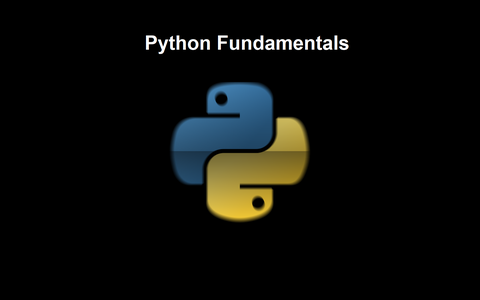All
- Hello world in python
- How to add two numbers in python
- If else statement python
- Lists tuples and dictionaries
- Loops in python
- Python Functions
- How To Reverse Number In Python
- Implementation of text to speech
- How to Sort Dictionary using keys or values python
- Python Lambda
- Python map() filter() and reduce() functions
- What does if __name__ == "__main__": do?
Logical Conditions
Python supports the usual logical conditions from mathematics:
- Equals: a == b
- Not Equals: a != b
- Less than: a < b
- Less than or equal to: a <= b
- Greater than: a > b
- Greater than or equal to: a >= b
These conditions are used in many ways, in loops or in calling methods/functions or as a restriction on data.
In python indentations are used instead of curly braces
It means if we want to include some lines inside an if block so we will give 4 spaces (conventionally) or 1 tab instead of encolsing whole block in {} , Same thing goes for functions and classes
Indentation
To understand Indentation, lets compare python with C so
this python code
if a<b: #Do something #Do something #Do something #Do something - if block ends here #This line is out side of if block
is similar to this piece of script in C.
if (a<b) { //Do something //Do something //Do something //Do something - if block ends here } //This line is out side of if block
Examples
a = 2 b = 4 if a<b: print("a is less than b") elif a>b: print("a is less than b") elif a==b: print("a is equal to b") else: print("Do something else")
Subscribe to my youtube channel
All

May 7, 2021, 7:20 a.m.

May 23, 2021, 12:19 p.m.

June 21, 2021, 3:08 p.m.

Aug. 26, 2021, 10:22 a.m.

